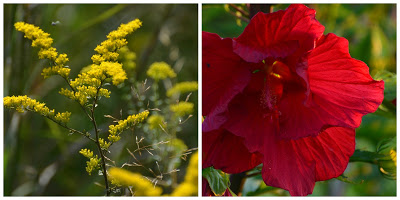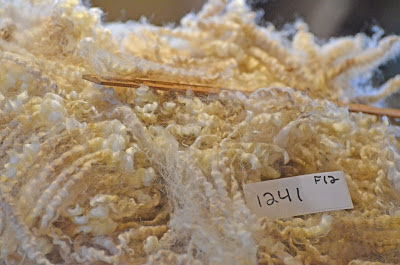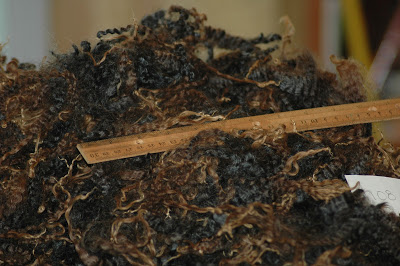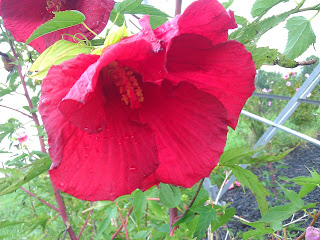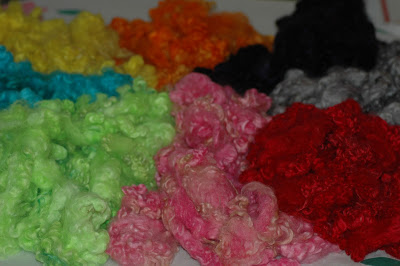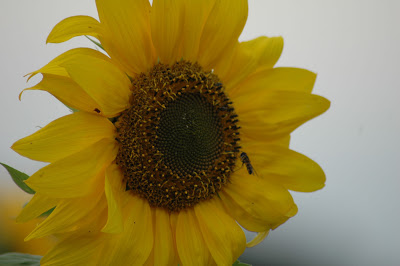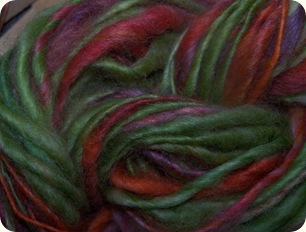 |
| Goldenrod and more Red Hibiscus |
Tag: dyeing
In the Fiber Room
Scenes From Our Open House
In the Fiber Room
Not Yellow
Naturally dyeing fiber is always interesting and often unpredictable. When anyone asks us what color we get from a certain plant the usual response is ‘yellow’ … or ‘probably yellow’ if it is a plant we have never tried. This can be manipulated somewhat by the use of different mordants or afterdips, but still usually yellow or tan color based hues are the results achieved from local plants.
So it is always a great surprise when we make a dyebath from…..for instance…. blossums like these:
and these:
(14 oz. total fresh blossoms)
And add 2oz of alum and cream of tartar mordanted wool, and a tablespoon of baking soda in the last 15 min or so to change the pH….
And get a lovely bright shade of …not yellow… but….green…:
This Week in the Fiber Room
 |
| Dyeing Prudence’s locks |
 |
| Washing fleeces – this one is Blackberry’s ram lamb |
 |
| Carding and pulling Blackberry’s lovely wool |
 |
| Carding… sampling… note taking |
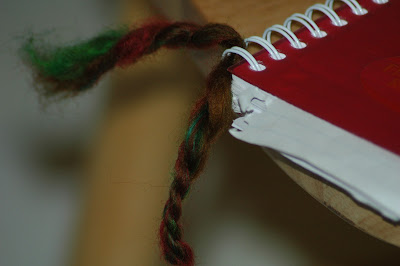 |
| More sampling… more note taking |
 |
| Spinning some of Boy George’s Heather Lavender batts |
For those of you commenting on all the bright colors in one of the previous ‘In the Fiber Room’ posts, we thought you might be interested in this series by Jared Flood of Brooklyn Tweed fame. He is giving us a peek behind the scenes in the creation of his fabulous new yarn Shelter. He begins with some wonderful pictures and explanations of color blending at a mill scale. It is a great story, and we love, love, love what he is doing for the wool industry.
Sunshine on a Cloudy Day
Dyeing, Spinning, Knitting
Rhubarb
Spring is not complete without the great taste of rhubarb: pie, jello, crisp, jam . . . doesn’t matter as long as it is rhubarb.  Recently, a very gracious neighbor shared her bountiful supply with us. Having recently seen somewhere that the leaves are good for dyeing wool, we requested the poisonous leafy tops be left on so we could shred them up and try our hand at dyeing. We ended up with 6 pounds of leaves. After soaking them overnight we put them on the stove. The boiling leaves smelled very good, and turned into a spinach-like mush.
Recently, a very gracious neighbor shared her bountiful supply with us. Having recently seen somewhere that the leaves are good for dyeing wool, we requested the poisonous leafy tops be left on so we could shred them up and try our hand at dyeing. We ended up with 6 pounds of leaves. After soaking them overnight we put them on the stove. The boiling leaves smelled very good, and turned into a spinach-like mush. 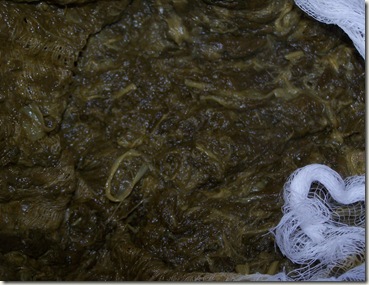 We tried 4 ounces of wool in one of the pots, (had to boil them in 3 different pots we had so many) simultaneously mordanting with alum and cream of tarter. Brought to 200 degrees for 45 minutes producing a kind of semi-pretty gold/yellow/green color not represented very well in the following picture:
We tried 4 ounces of wool in one of the pots, (had to boil them in 3 different pots we had so many) simultaneously mordanting with alum and cream of tarter. Brought to 200 degrees for 45 minutes producing a kind of semi-pretty gold/yellow/green color not represented very well in the following picture: 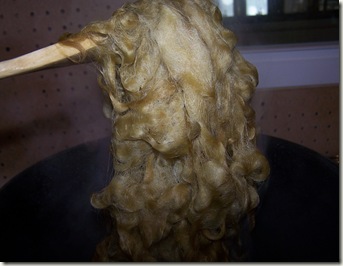 Then for the last 15 minutes we added tin mordant which turned it a pretty bright yellow which is actually somewhere in the middle of the hues that the camera picked up in these two pictures.
Then for the last 15 minutes we added tin mordant which turned it a pretty bright yellow which is actually somewhere in the middle of the hues that the camera picked up in these two pictures. 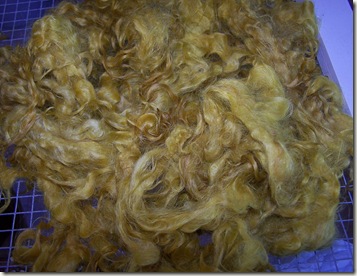 Closest to this brighter color.
Closest to this brighter color. 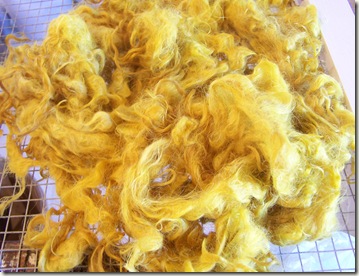 Which is really one of the prettiest yellows we have gotten from our natural dyes. We may just have to try this same process again.
Which is really one of the prettiest yellows we have gotten from our natural dyes. We may just have to try this same process again.
Spinning Easter Egg Painted Roving
Using two different batts that we colored with Easter egg dyes and kool-aid, I spun this colorful little skein on the drop spindle. 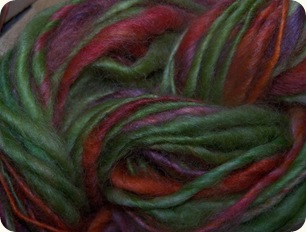 I stripped each of the two batts into narrow strips and alternated them on the spindle.
I stripped each of the two batts into narrow strips and alternated them on the spindle. 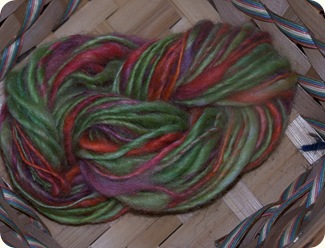 It made a beautiful mix of greens and oranges.
It made a beautiful mix of greens and oranges. 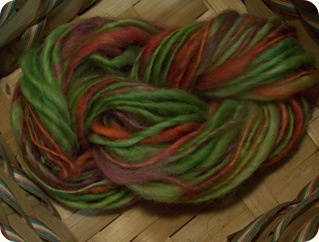 Will make great colorful stripes in a hat or scarf. Hmmm…..
Will make great colorful stripes in a hat or scarf. Hmmm….. 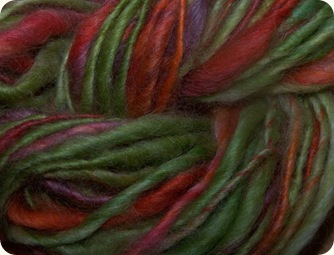 Any ideas????
Any ideas????
